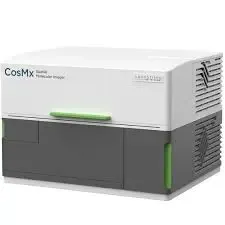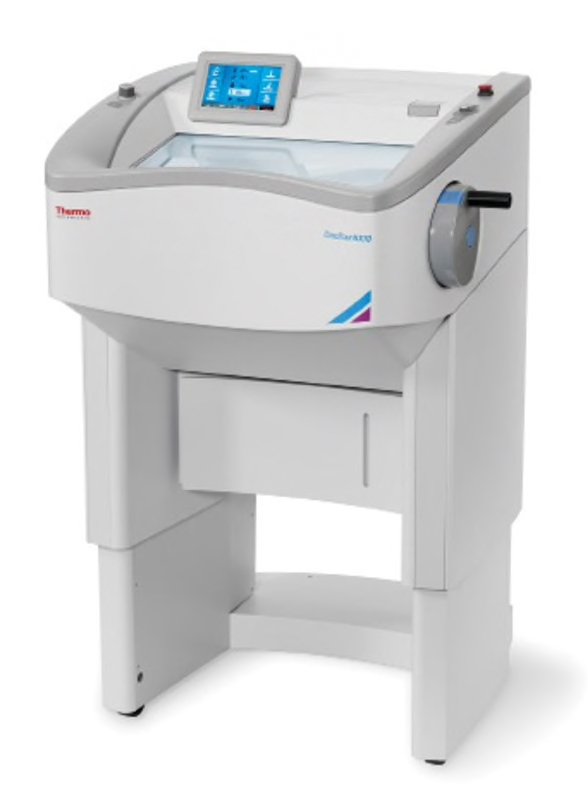Spatial Biology
Spatial biology integrates traditional biological sciences with advanced spatial analysis techniques, representing a paradigm shift in the way we study and understand how molecules are distributed within cells and how cells are arranged within tissues.
Our nanoString GeoMx and CosMx are both cutting-edge spatial biology technologies that allow researchers to analyze up to whole transcriptome and/or protein expression within FF and FFPE tissue samples while preserving their spatial organization.
We offer
- High-plex imaging of RNA or proteins on tissue sections at subcellular resolution (CosMx spatial molecular imager (SMI) from nanoString)
- Digital spatial profiling of RNA and/or proteins on tissue sections (GeoMx digital spatial profiler (DSP) from Nanostring)
- Light microscopy
- Cryosectioning
Flexible services
For the GeoMx and CosMx platforms we offer full service assignments. The cryostat and microscope are offered on a “hands-on” basis, i.e., the experienced user receives a short introduction by our personnel regarding methodology and operation of the instruments, then reserves a date and time for the use of the instruments.
Instruments and applications
 Photo: NanoString
Photo: NanoStringCosM spatial molecular imager (SMI)
The NanoString CosMx SMI is the first high-plex in situ analysis platform to provide spatial multiomics with formalin-fixed paraffin-embedded (FFPE) and fresh frozen (FF) tissue samples at cellular and subcellular resolution.
 Photo: x
Photo: xGeoMx digital spatial profiler (DSP) platform
The GeoMx DSP from nanoString enables up to whole transcriptome and/or high-plex protein profiling in FFPE, FF or tissue microarray (TMA) tissue slides.
 Photo: x
Photo: xThermo Scientific Cryostar NX70
Cryostat for sectioning of frozen tissue samples.
 Photo: x
Photo: xZeiss Axiophot
Light microscope equipped with bright field (both transmitted and reflected), phase contrast, transmitted and reflected polarization and Nomarski differential interference contrast microscopy, as well as epifluorescence. The microscope is operational with a color CCD camera.
Contact Information
Address:
KIGene, MMK, Translational Psychiatry, CMM L8:00, Karolinska University Hospital at Solna, 171 76 Stockholm.
